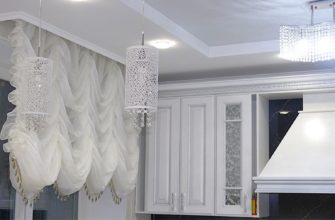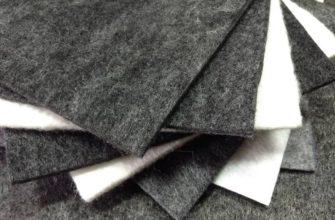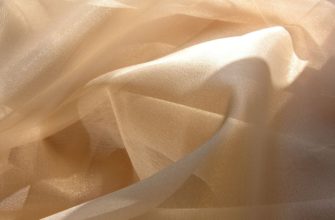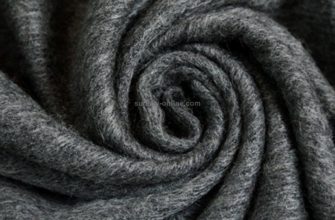Fabrics with a convex longitudinal strip are called a rib. Regardless of the width of the rib and the composition of the fibers, this characteristic is the main distinguishing feature of the fabric. It is in great demand among consumers due to its distinctive characteristics.
Ribbed fabric production technology
The interlacing of warp and weft threads has a certain effect on the creation of the fabric structure. The warp always runs along the fabric and has stronger thread characteristics, while the weft can be shorter, fluffier or thicker. It is the weft threads that are more often stretched in length.
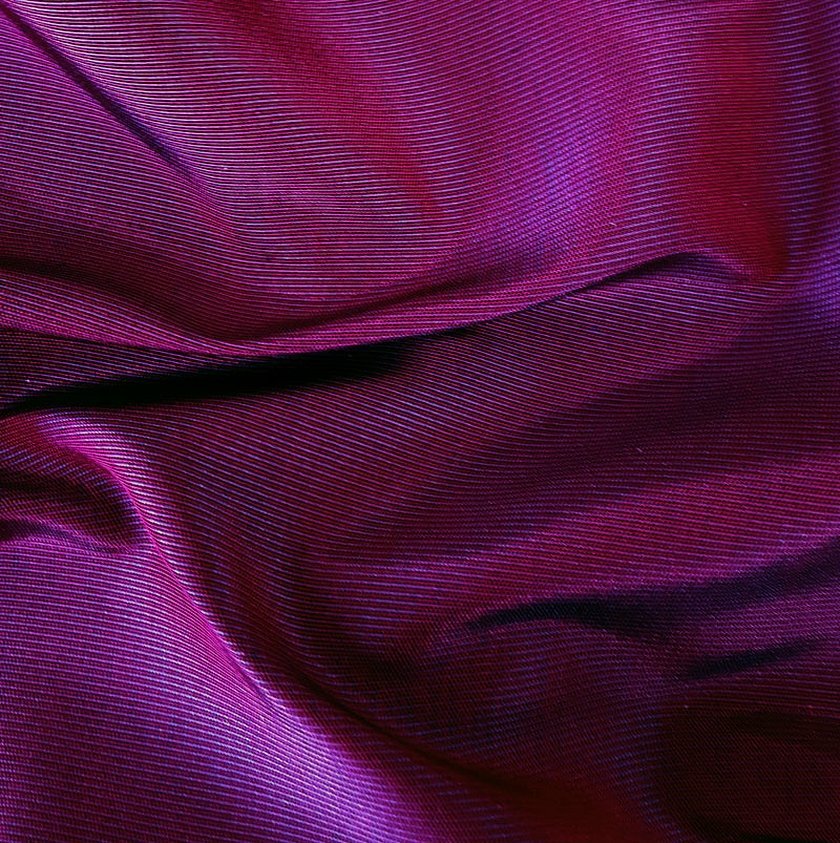
For your information! To form an edge that prevents the material from fraying, the weft and warp form a denser weave along the edges of the fabric.
Fibers of different colors form a thread, which produces a fabric called mélange when it leaves the loom. Fabrics made from multi-colored threads are called variegated.
The properties of the future material depend on the sequence of interweaving of the weft thread with the warp thread.
According to the types of weaving, there are:
- plain. These include linen, twill, satin, and satin fabrics. Finely patterned fabrics include burlap, rep, reinforced twill, diagonal, and crepe fabrics;
- complex - double, pile, loop, openwork, pique fabrics;
- large patterned jacquard.
The peculiarity of the fabric texture is the formation of longitudinal ribs on the front and back sides. When the weft is reinforced, transverse ribs are formed, making the finished products especially interesting.
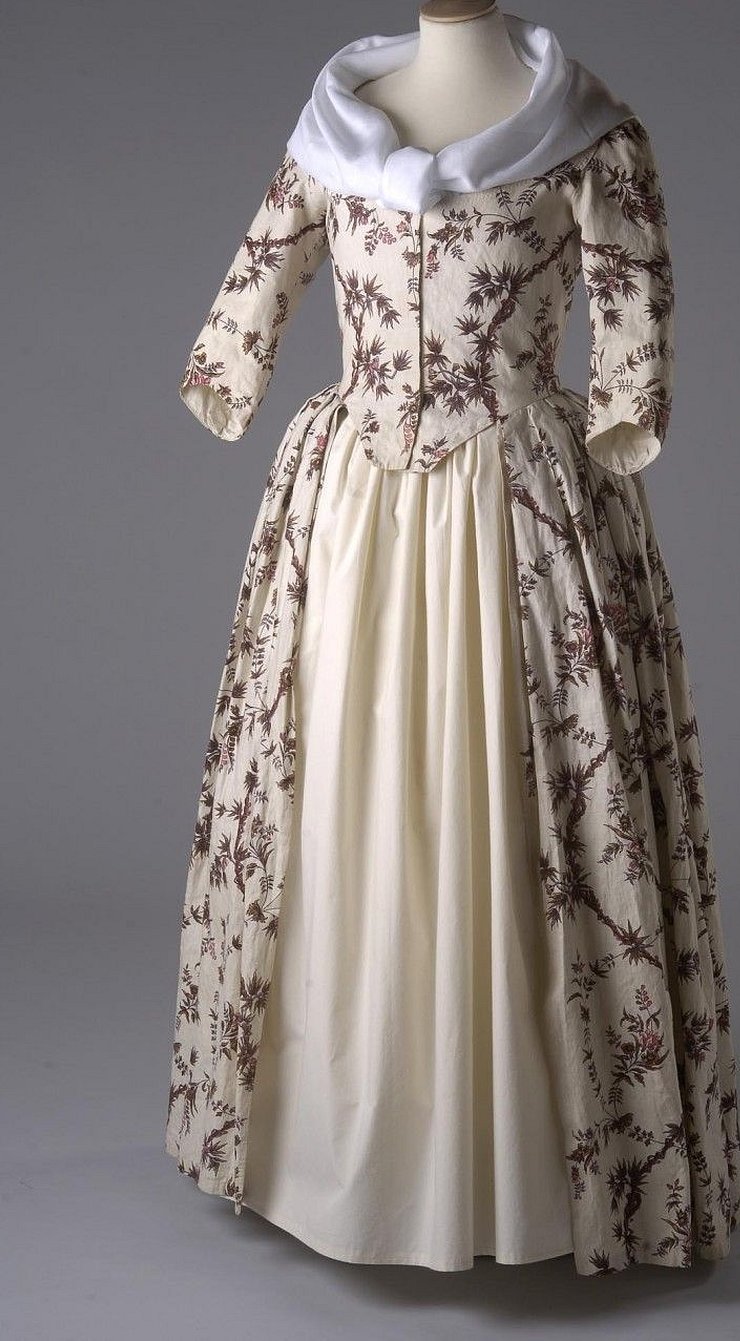
The appeal of plain weave, which gives a voluminous ribbed pattern, attracted ladies in Europe in the 19th century. Weft rep, translated from German as "rib", was widespread in the salons of the nobility, at the courts of nobles. The fabric was very expensive and decorated the wardrobes of wealthy city dwellers.
The expensive material was made by hand or on special machines, such as the Jacquard machine.
The high density of weaving ensured the rigidity of the fabric, which was confirmed by its ability to hold its shape. Due to this, it was used in sewing lush dresses for court ladies, decorating bedrooms and living rooms with curtains and drapes of a special configuration.

The demand for scar tissues that look original has not fallen for centuries. The composition of fibers and methods of fabric design, including dyeing, are constantly being updated.
Important! The well-known corduroy, poplin and diagonal are among the bright representatives of the classic rib.
Modern material is produced with the addition of cotton, silk and wool fibers. And synthetics make the material more durable.
Properties acquired by the material when mixing different fibers:
- hygroscopicity;
- wrinkle resistance;
- air permeability;
- ease of care for finished products.
Types of material
The most popular types of scar tissue are:
- corduroy - a material made of cotton or synthetic fibers with a pile rib on the front side. It can vary in the width of the stripes and the height of the ribs;
- cord - woolen fabric with ribs from 4 to 7 mm. The structure of the material is formed by alternating front and back loops that form ribs. It is distinguished by its elasticity and wear resistance;
- diagonal - a material with small oblique ribs with the addition of synthetics, cotton, wool, silk. The dense structure of the fabric allows air to pass through, is not subject to deformation, does not cause allergic reactions of the skin and has a certain elasticity. Fabric made in an oblique rib was considered fashionable in the 60-70s;
- rep is a fabric with a plain weave, where the longitudinal thread overlaps more than two transverse threads.
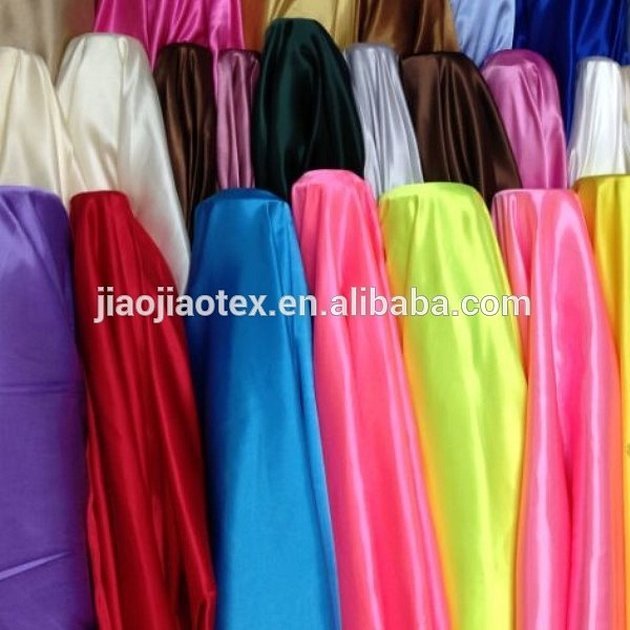
Ribbed fabrics also come in bleached, plain dyed and printed varieties. Separately, there are variegated fabrics using threads of different colors.
Widely used is a double-sided material made from cotton, which was previously called "papal fabric". Poplin from Italian Papalino means "papal". The fabric was developed in the 14th century for the Pope and his entourage. It included natural silk fiber. It came to tsarist Russia at the end of the 18th century and was called "European calico". The structure of poplin repeats the linen weave, which has a thin base and a thick weft with the formation of longitudinal and transverse ribs.
Please note! It is difficult to answer what the ribbed fabric is called. Everything depends on the composition and weaving method of the fabric. A wool component or a cotton fiber type will give completely different fabric structures.
What products is silk rib used in?
The finest natural silk threads are obtained from the cocoon of the silkworm. The thickness is 30 microns, and the length is up to 1500 m. The bright iridescence of the fabric is capable of refracting light. The components of silk are fibroin and sericin in a ratio of 3:1. Quite an expensive material is used in the creation of elite clothing.
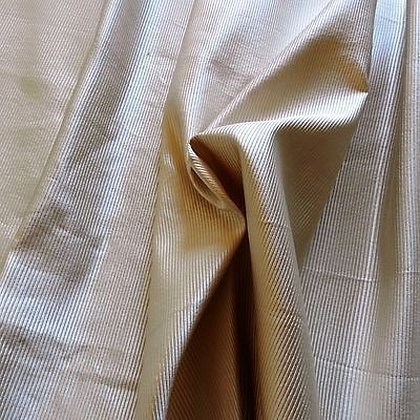
For your information! The high cost of natural silk products is determined by the world market.
Special properties of natural silk:
- complete safety of the product for allergy sufferers, ensured by the protein structure;
- Natural thermoregulation provides warmth in cool weather and coolness in hot weather;
- high hygroscopicity;
- strength and wear resistance.
The cost of natural silk today ranges from 800 to 6000 rubles* and higher per 1 m.
The scope of application of finely ribbed silk is the production of upholstery for furniture, the manufacture of decorative items and clothing: from bed linen to evening dresses.
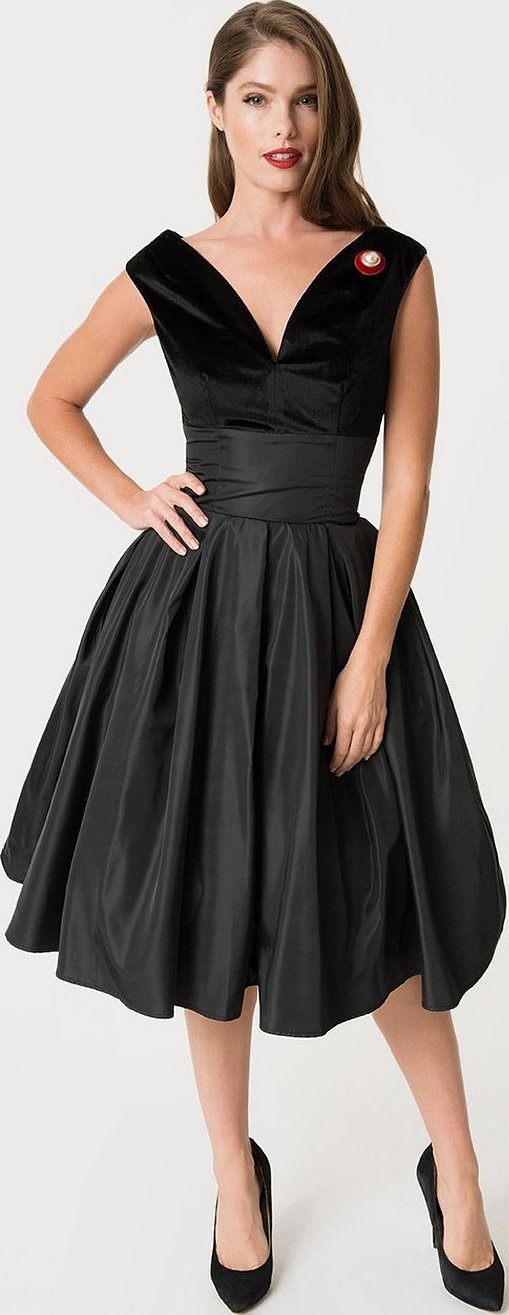
The disadvantages include the appearance of creases and stains from moisture on the material. The high cost prompted the creation of artificial silk, which is more affordable for a wider audience. Silk with small ribs appeared as a result of mixing synthetic fibers with a natural component.
The appearance of taffeta, rep, gauze, toile, and crepe significantly expanded the range of products made from silk:
- clothes - casual and smart. Shirts, trousers and evening dresses, wedding dresses. Theatergoers use them to sew costumes and decorate scenery. Suits and tights for athletes beautifully fit a trained body;
- home textiles: curtains, drapes and bedspreads for furniture, decorative pillows, bedding;
- upholstery for furniture. Sofas and armchairs create a luxurious atmosphere in oriental style.
Please note! Previously considered foreign fabrics, silk and taffeta are now commonplace in the wardrobe of the average consumer. Tsarist Russia was distinguished by elegant caftans, sarafans and evening shirts, while modern people use them in sewing evening accessories and festive outfits.
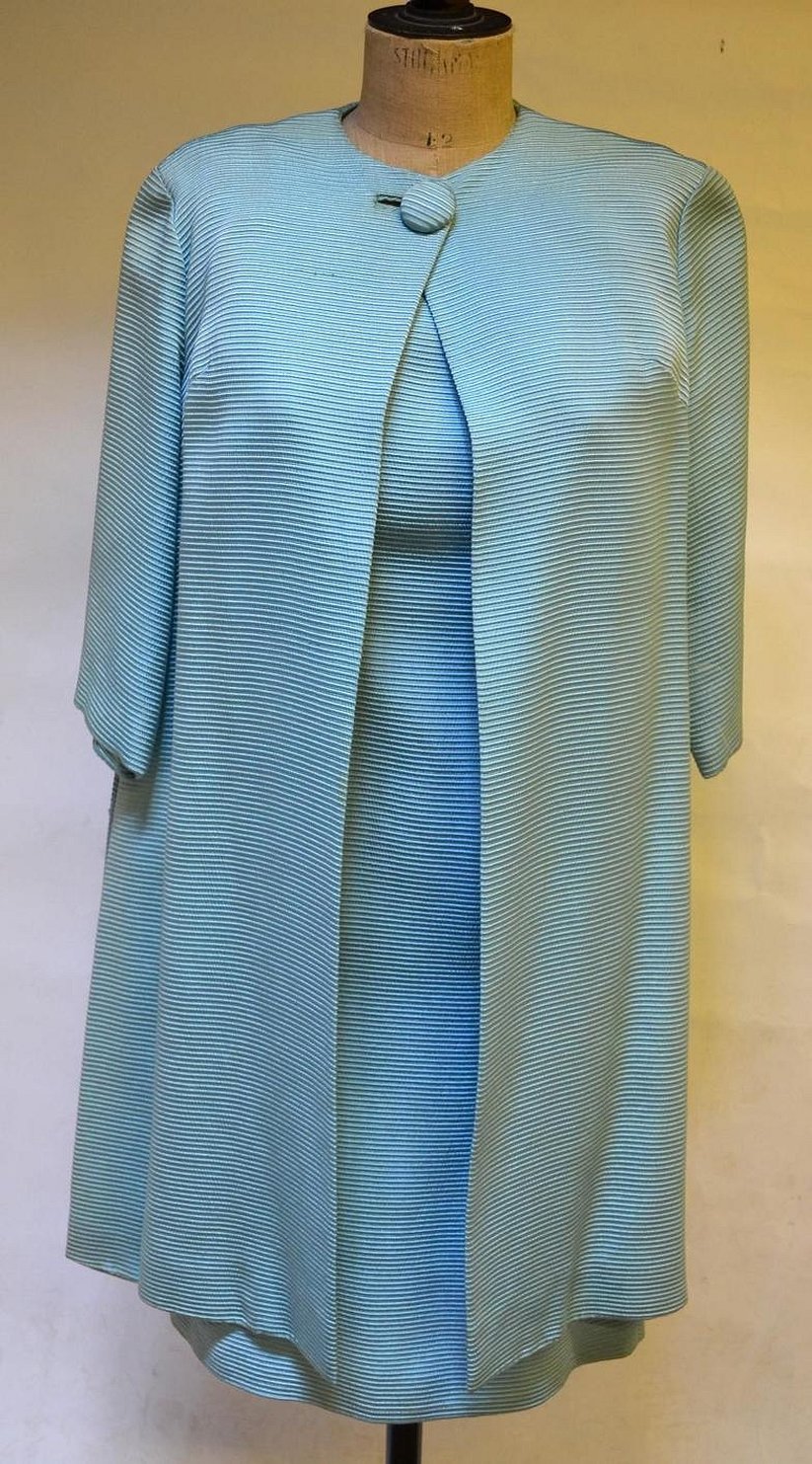
Silk rib is used in mass production for sewing dresses, suits, sweaters, jackets and coats. In Rus', fur coats and sheepskin coats were worn with the fur inside and the outside was decorated with expensive brocade, taffeta and satin. Today, silk fabrics are sometimes used as expensive lining for elite outerwear.
The fabric in the inclined rib is used for sewing skirts, blouses, children's clothes. Covers for armchairs and couches, car covers can be made from any type of rib fabric.
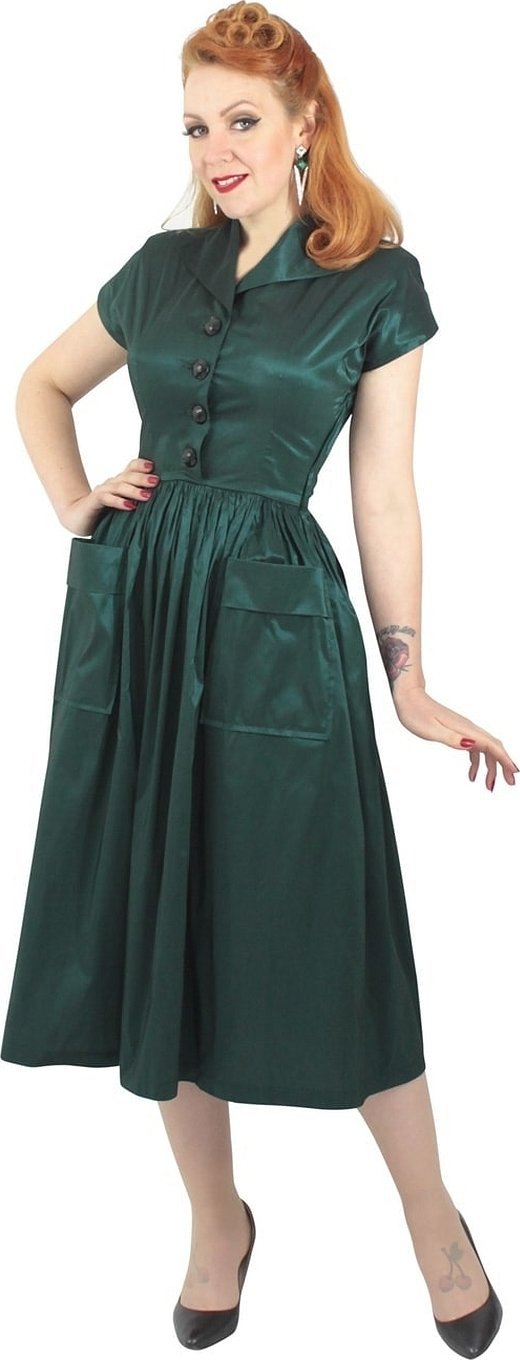
Care
Each type of ribbed fabric requires specific care. The fabric with a slanted ribbed pattern risks being pulled diagonally when ironed with a hot iron. The semi-wool composition of the product requires washing in warm water and drying under natural conditions. The ironing mode is delicate. It is not recommended to wash colored products with aggressive powders containing bleaching chlorine.
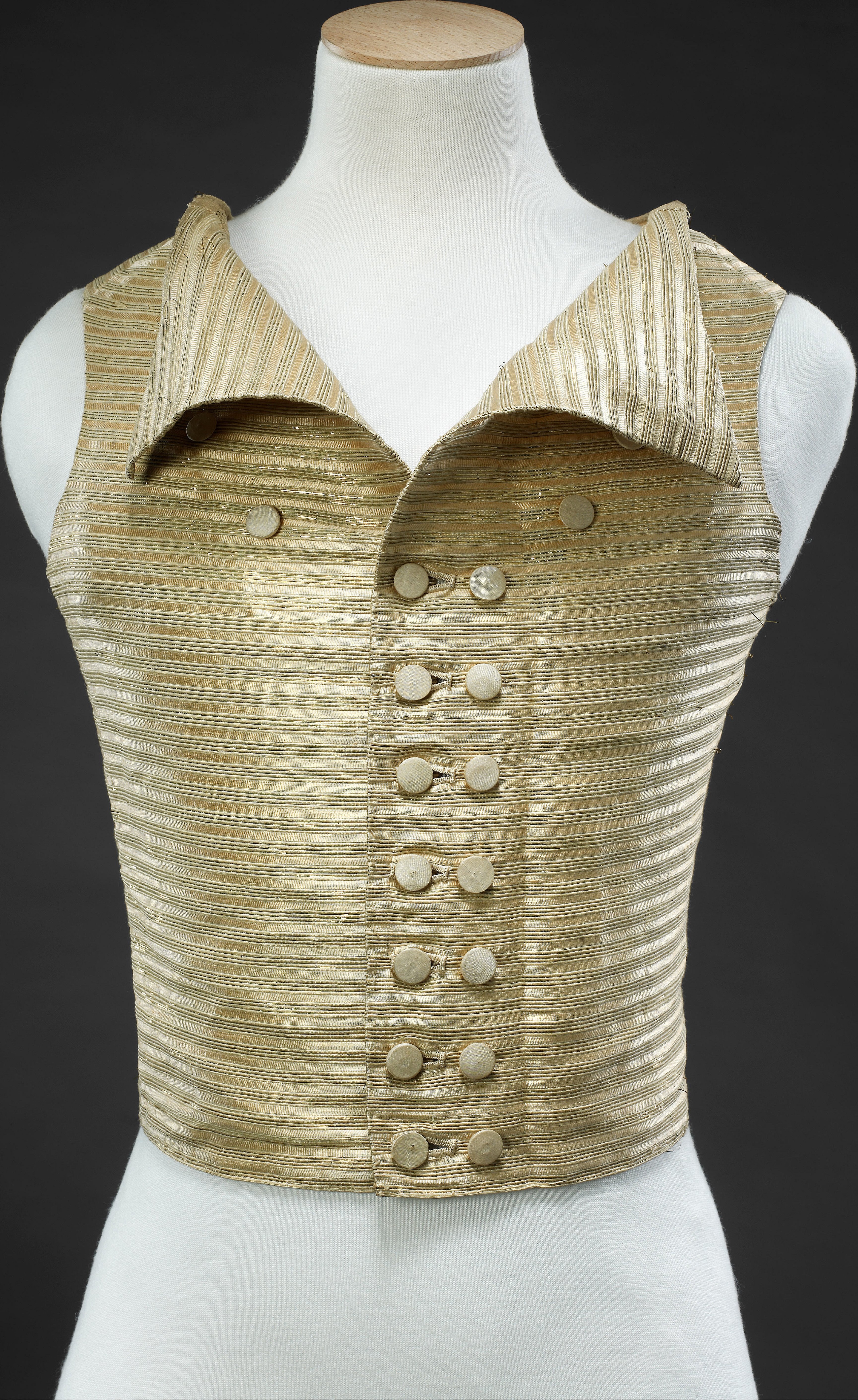
Please note! Materials containing cotton or wool are subject to shrinkage. Silk or viscose require special attention when ironing. Some types of fabric are recommended to be washed by hand and dried on a horizontal surface.
Recommendations for product care are indicated on the label. Compliance with the specified actions prolongs the service life. Careful attitude to your favorite thing will affect the preservation of the qualities received by the product during manufacture.
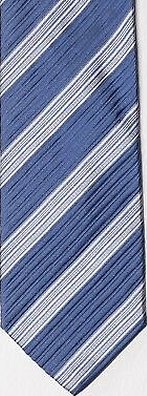
Extra attention is required when cutting loose fabrics, such as bias-stitched silk or taffeta. Both the fraying of the edge of the garment and additional processing, as well as instability to high temperatures during ironing and washing, are taken into account. Any evening dress should be stored hanging on hangers in a special cover.
Please note! The folds and draperies of a ball gown made of thicker fabrics cannot always be subjected to additional ironing, so as not to spoil the design of the product. In this case, it is recommended to use the services of a dry cleaner, where they will professionally approach the cleaning process.
Ribbed fabrics are once again at the peak of popularity and are in demand by a wide audience. The light industry is once again producing a wide range of products for all segments of the population. If earlier the fabric could be afforded by tsars, now anyone can buy it to sew a luxurious dress or a stunning suit.

*Prices are valid as of May 2019.

